Back in the day, wedding ceremonies were not the best examples of equality and a feminist wedding ceremony was unheard of. Sadly, many of the outdated traditions have continued into modern day weddings.
For example, want to know why brides wear veils over their faces? It’s to hide her from her future husband who, having never met the bride before the wedding day, wouldn’t have the chance to run away if he found out his bride was ugly. Romantic, right?
So we say it’s time to bring in the equality and insert some much-needed feminist power into your wedding ceremony. Afterall, you and your future spouse are equal partners in marriage and in life – it should be that way during your wedding ceremony too.
Here are seven ways to have a feminist wedding ceremony Of course, these are only ideas. You can use these as a jumping off point to come up with your own unique ceremony plans. You can use one of these ideas, all of them or none of them! It’s completely up to you – feminism is about choice and we want you to be empowered to choose and create your wedding, your way.
1 – Change Your Walk
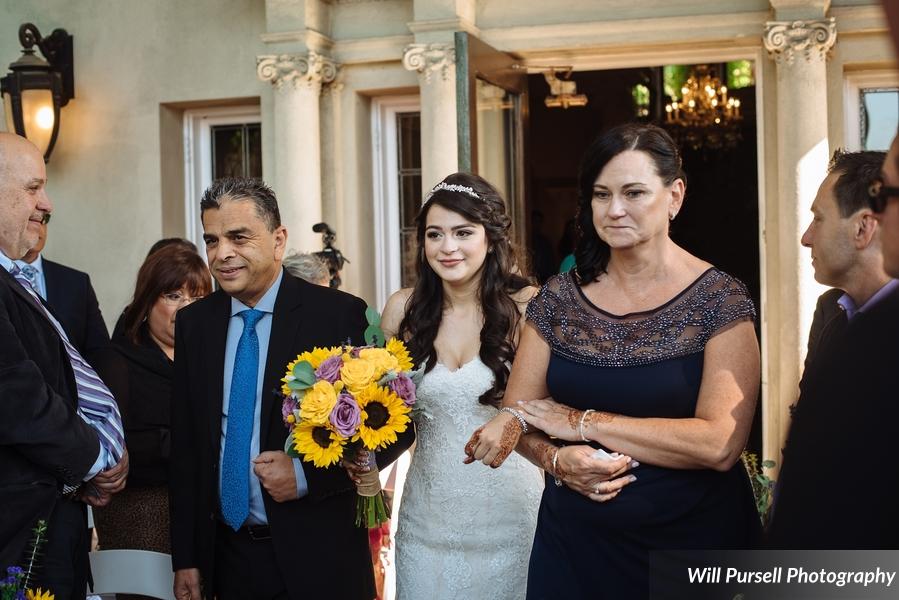
Traditionally, a bride will come down the aisle with her father and he will give her away to the groom at the end of the aisle. If that gives you the icks, change it up! Walk in with both your parents or walk in solo. Shine the spotlight on the groom and give him his own walk down the aisle. You could even walk in with your partner; we love the idea of you two coming down the aisle and into your marriage together. For more non-traditional (and feminist!) processional ideas, check out our blog post on unique processional orders.
2 – Let the Bride Speak First
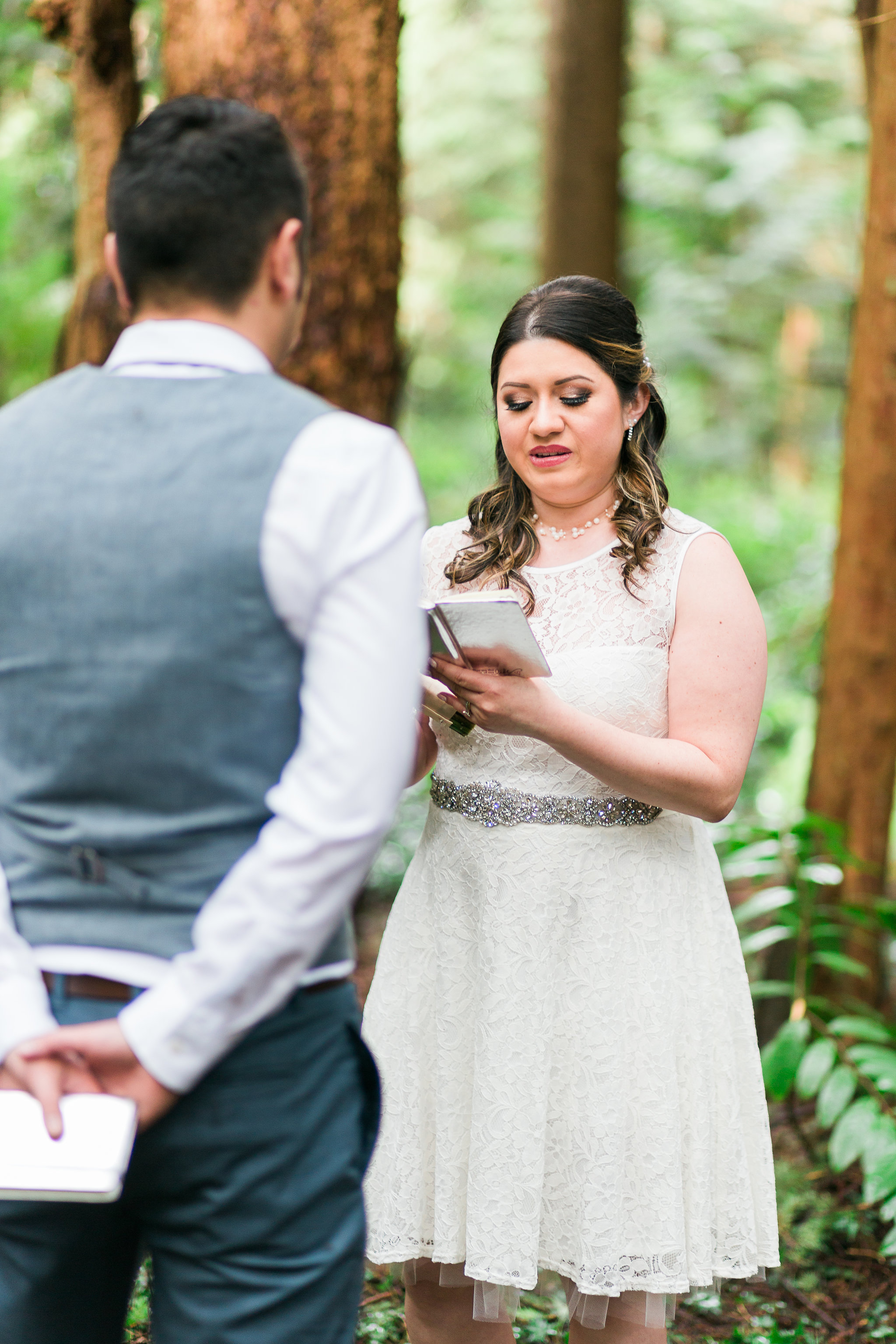
At most weddings, the groom gets to speak first. He’ll say his vows first and the officiant will turn to him first when asking for the rings, if he takes the bride to be his wife, etc. But who says the guy has to go first? Change the tradition and opt to have the bride read her vows and answer the officiant’s questions first. This is a subtle but powerful way to create a more feminist wedding ceremony.
3 – Get Rid Of Non-Feminist Language from Your Wedding Ceremony
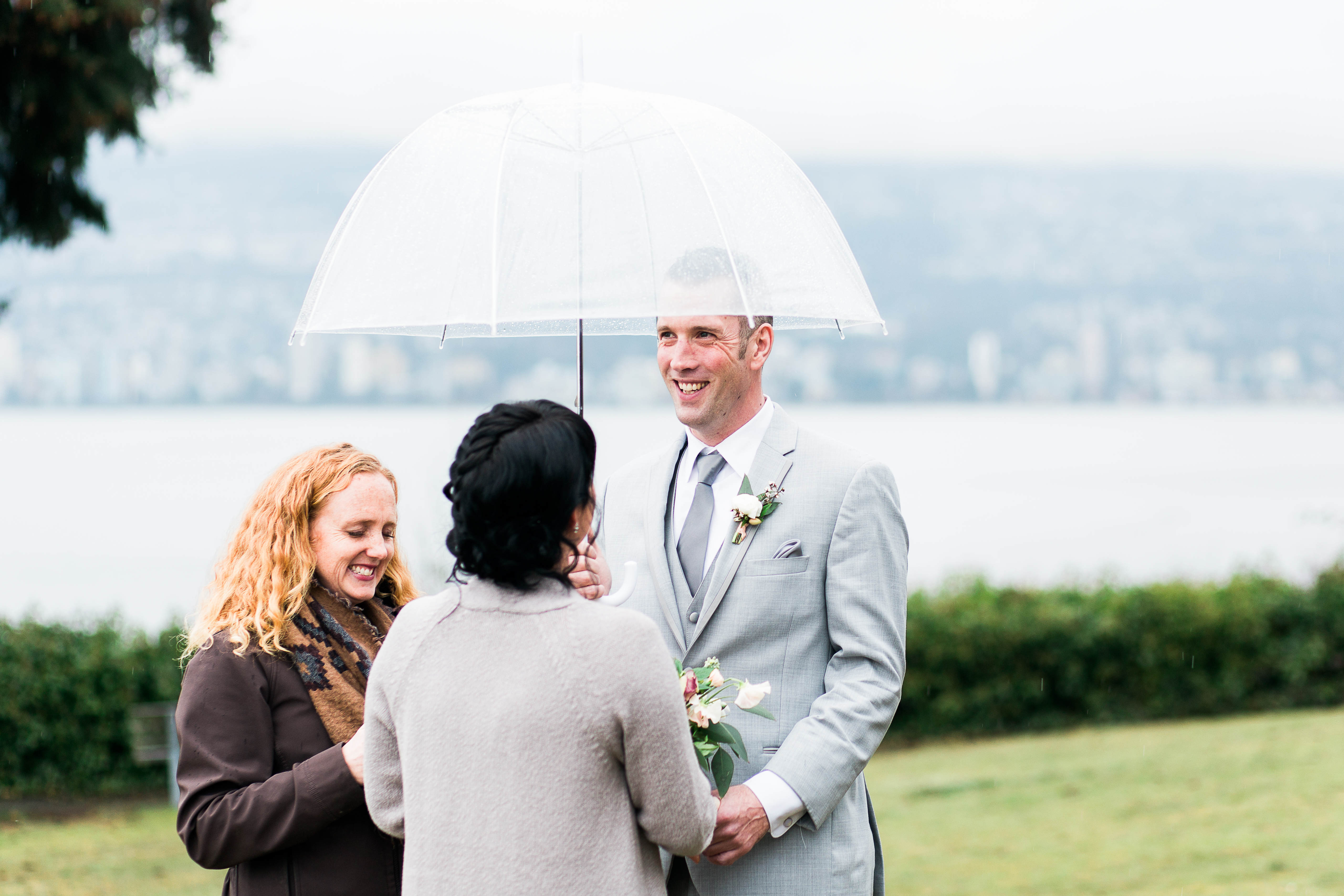
Traditionally ceremony scripts are filled with non-feminist language. You may have not even noticed how cringe-worthy some of the following lines sound:
- “Who gives this woman to be married to this man?”
- “Do you promise to honour and obey your husband?”
- “You may now kiss your bride.”
- “I now pronounce you man and wife.”
Instead of those traditional lines, why not choose one of these updated alternatives or create your own?
- “(Parents), do you support your child’s decision to join together in holy matrimony with (name), and do you vow to receive (him/her) as a member of your family from this day on?”
- “Do you promise to support and encourage your partner?”
- “You may now seal your marriage with a kiss.”
- “I now pronounce you… married!”
4 – Don’t Wear White
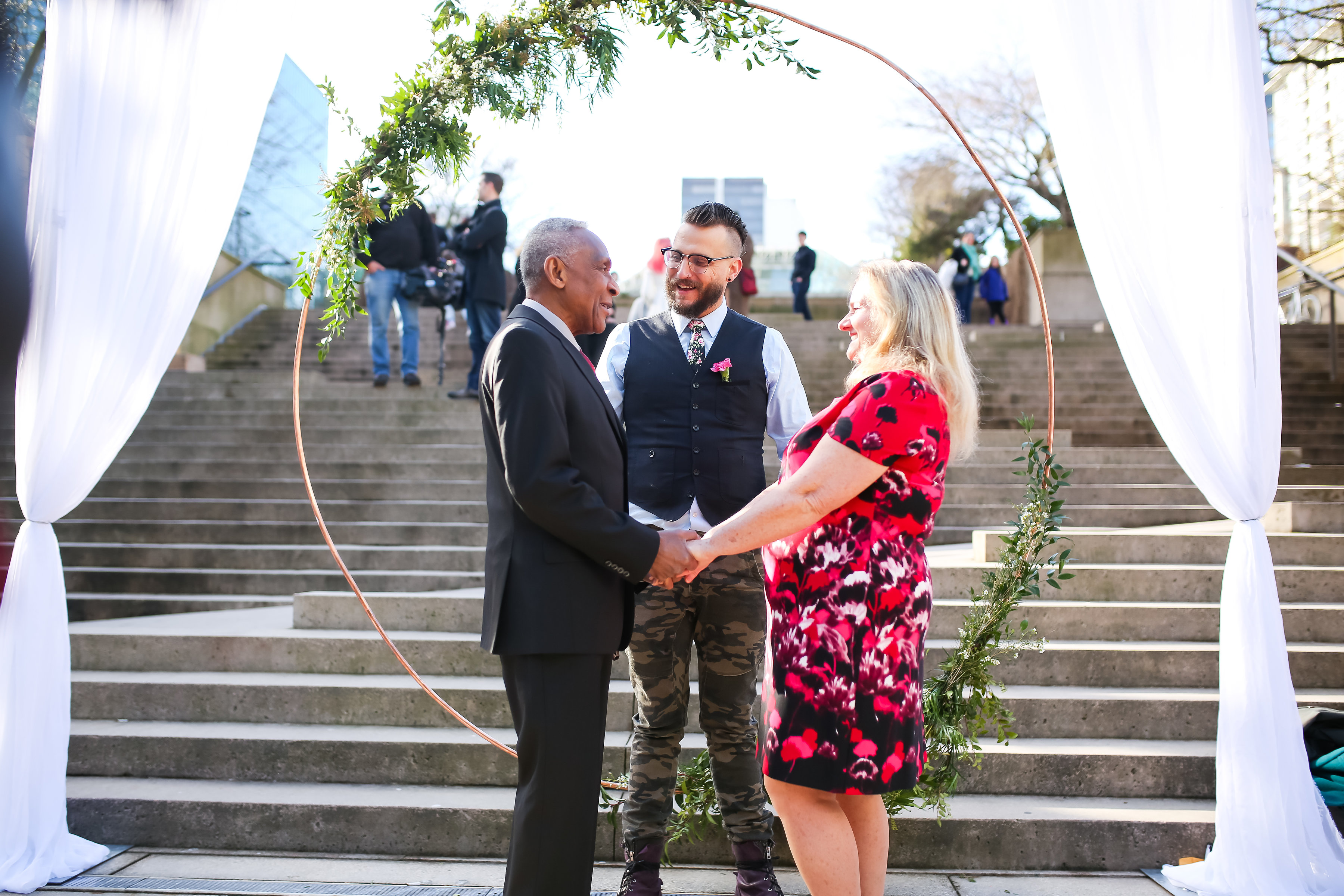
Traditionally, brides wore white to signify their purity. And the fancy, expensive white dresses came into fashion after Queen Victoria wore one in her 1840 marriage. But there’s no need to uphold this tradition if you don’t want to! Wear what makes you comfortable. If you’d rather come down the aisle in a blue jumpsuit, combat boots and a leather jacket – go for it! This is your day and you should be able to choose your own outfit.
5 – Bring Equality to the Wedding Party
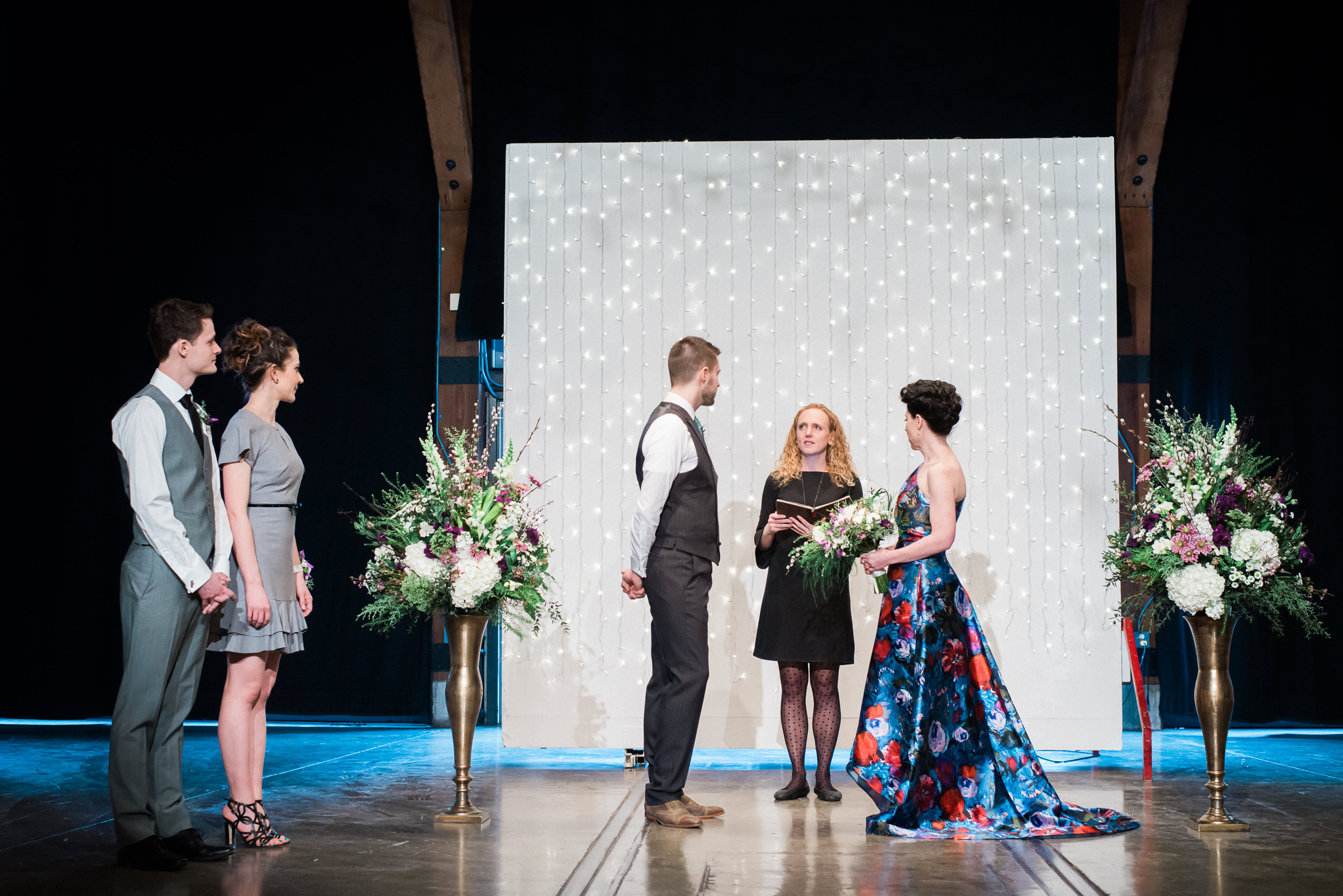
At most weddings we’re used to seeing an equal number of girls stand behind the bride as there are boys standing behind the groom. But who says you have to follow that? There are no rules for a wedding party. As the bride, you can have three bridesmaids while your husband has five groomsmen. You can have male attendants on your side and the groom can have female on his side. You can nix the wedding party all together! It’s totally up to you.
Another way to bring equality into your wedding party is to keep the costs similar for bridesmaids and groomsmen. Many bridesmaids end up spending lots of cash buying the dress, shoes, makeup, hair, gifts and more while the groomsmen only pay for their suit rental. Try your best to skip or skimp on some of these expenses so your female attendants aren’t under a heavy financial burden.
6 – Put Female Voices into the Wedding Ceremony
We’re all for getting more female voices into the ethos and having those voices heard. What better time to do that than at your feminist wedding ceremony? If you’re planning to ask people to do readings at the ceremony, invite sisters, aunts, moms, nieces or female friends to do them. Choose readings written by strong female writers or readings that focus on your commitment to equal partnership.
7 – Consider Your Last Names
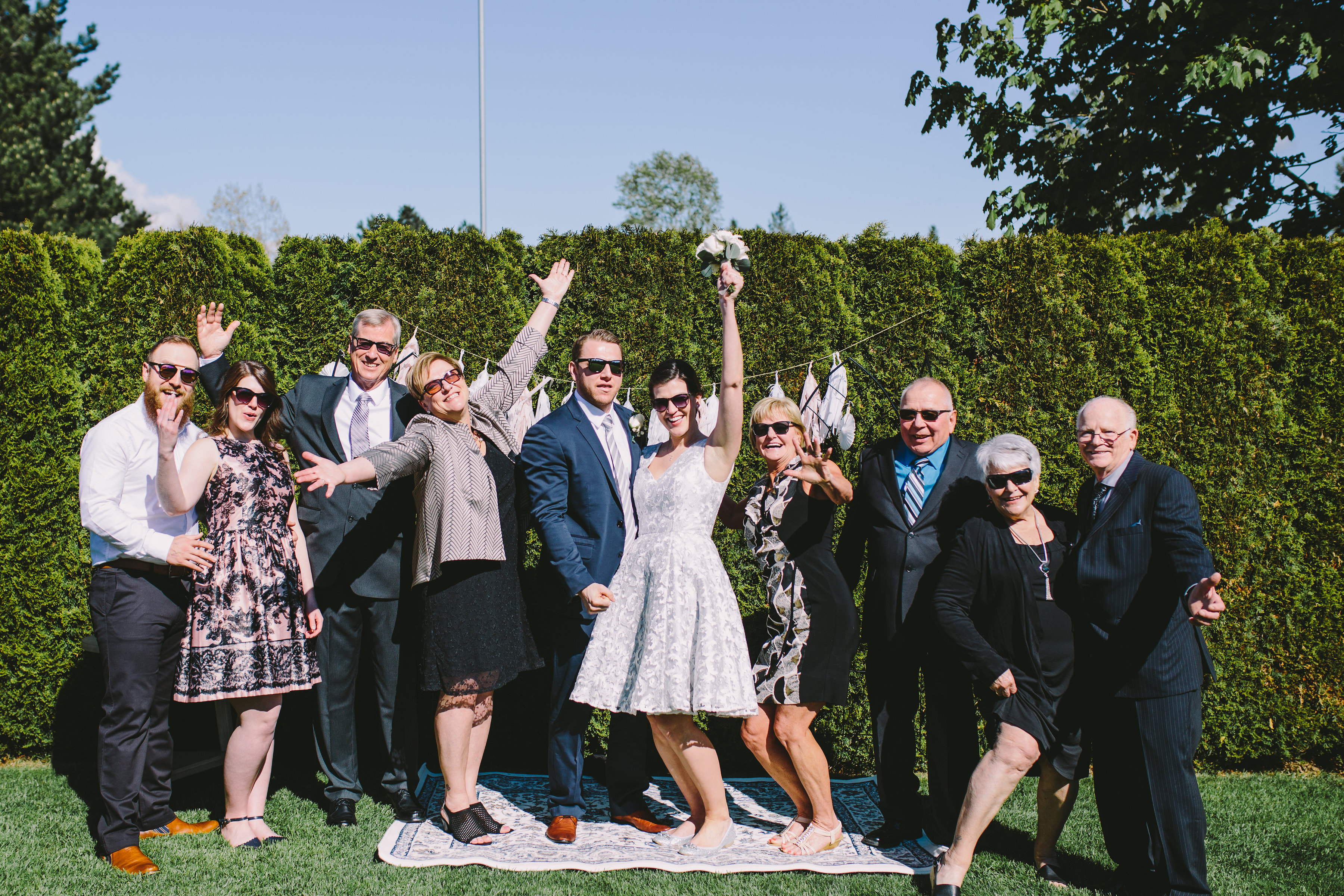
Many brides are expected to take their husband’s last name, as this is tradition. In fact, some couples even get addressed as “Mr. and Mrs. John Smith” assuming both the husband’s first and last name. If that makes you uncomfortable, know that there are lots of other options to taking your husband’s last name. You can hyphenate your last name (and invite your husband to do so as well). You can keep your last name. You can both take your last name instead of his. You can create a new hybrid last name. You can go through your family tree and find an ancestral last name that you both adopt. There are lots of options!
Check out this blog post all about last name options and this post about changing your last name in British Columbia.
written by Riana Ang-Canning
What are you doing to create a feminist wedding ceremony? Let us know and don’t forget to book your wedding officiant for your ceremony!

